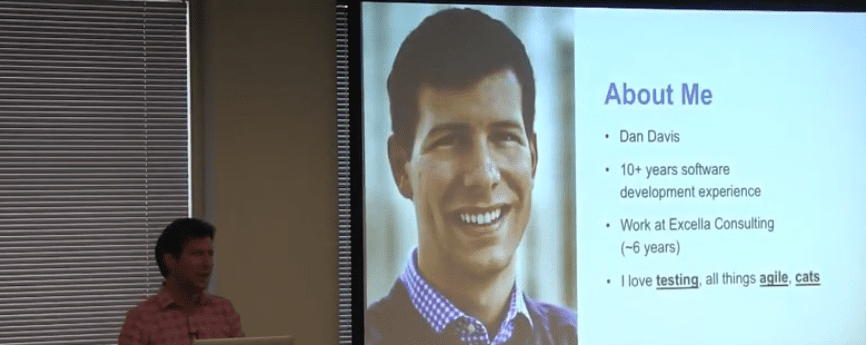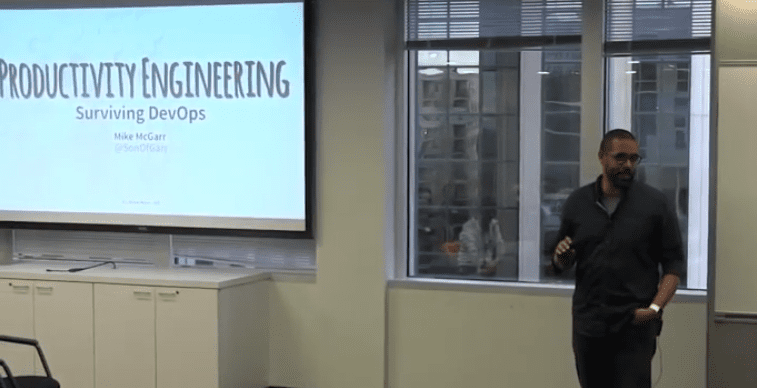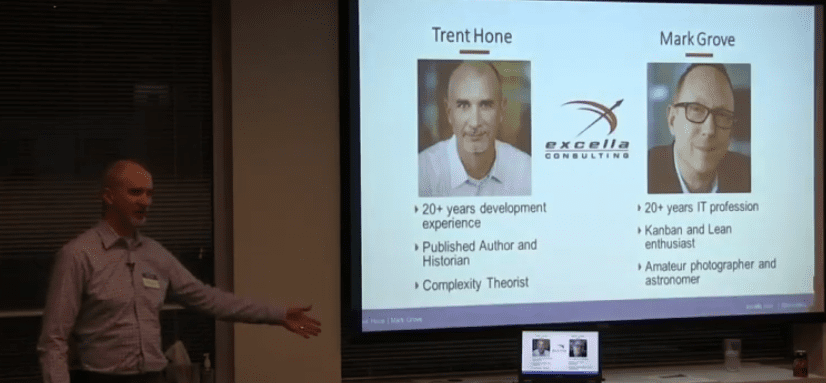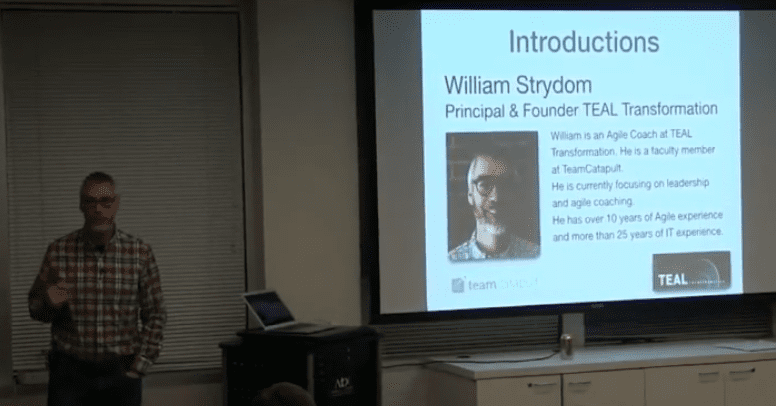Technical Debt Series – The 6 Step Technical Debt Management Plan
In the previous blog, we looked at how when we don’t actively manage our debt, it can lead to a vicious cycle we can’t get out of. We want to make prudent and deliberate decision on debt and have a plan to service the debt and make our payments. So to do that, we need a…











